Latest Podcast Episodes
-

045- Monarch Butterfly
Identification The monarch butterfly is a medium-sized butterfly with a wingspan ranging from 3.5 to 4 inches. Its wings are bright orange with black veins and borders, and it has white spots along the edges. The wings of male monarchs have a small black patch of scent scales on each hindwing, which is absent in…
-
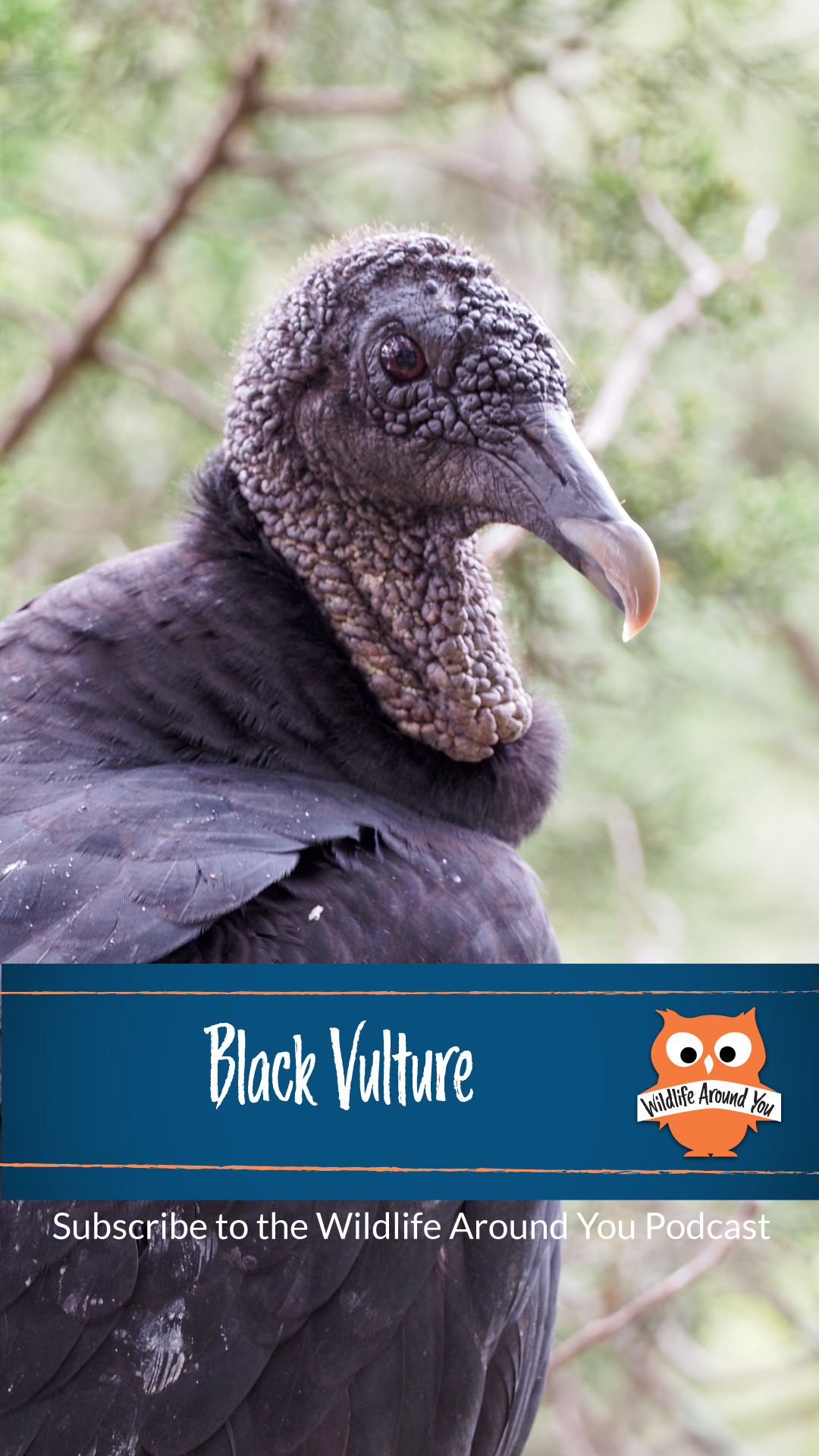
044- Black Vulture
Identification The black vulture is a large bird with a wingspan of around 5.5 feet and a length of 25 to 28 inches. It has a mostly black plumage, a featherless black head, and a hooked beak. Its legs and feet are grayish-white, and it has short, broad wings with a distinctive white patch near…
-
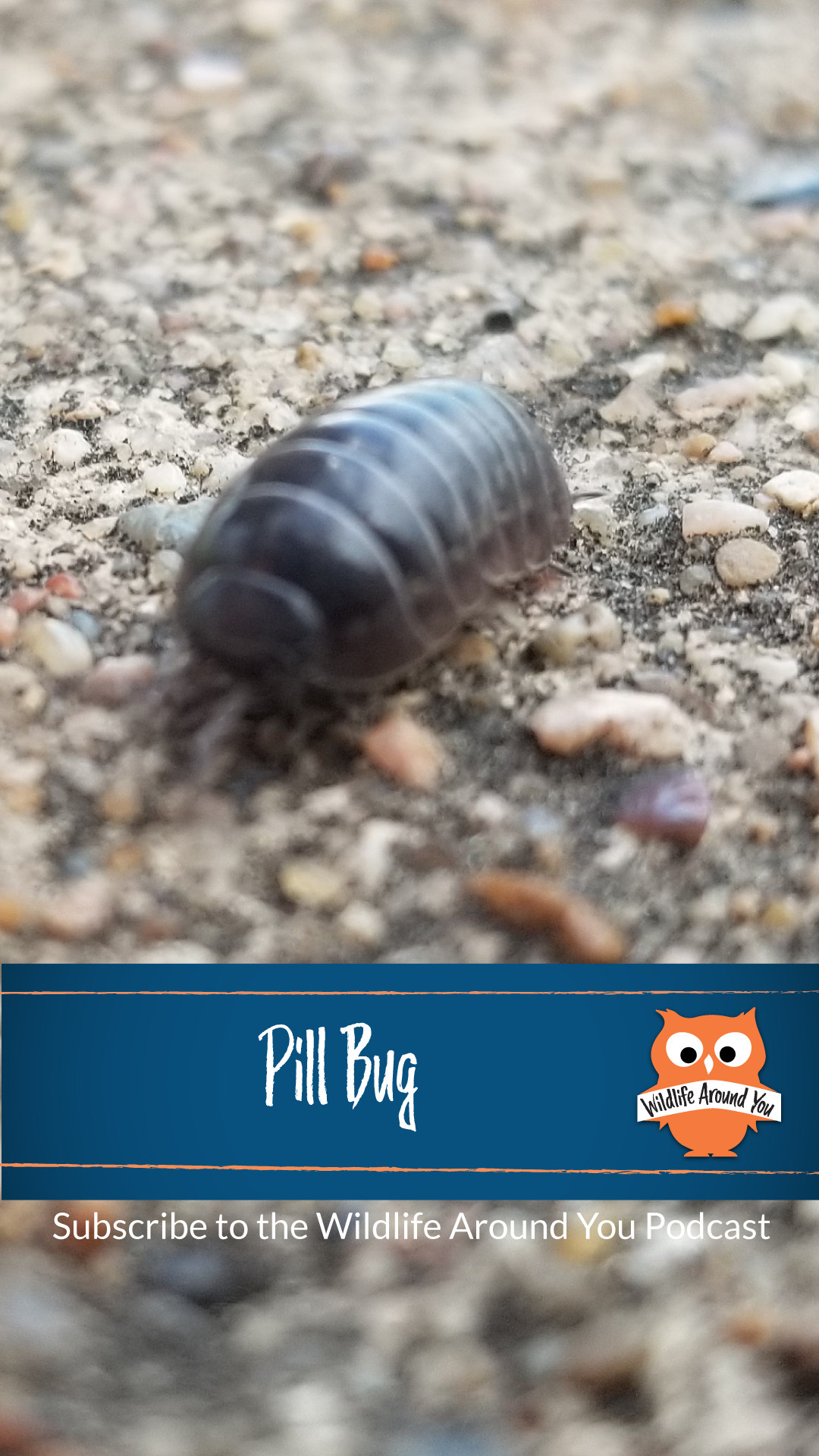
043- Pill Bug
aka woodlice, roly-polies, potato bugs, sowbugs, doodlebug Identification They are small, segmented land-dwelling crustaceans. Pill bugs have a grayish or brownish coloration and measure up to about half an inch in length. They have a characteristic oval-shaped body and a hard exoskeleton made up of overlapping plates. They have 7 pairs of legs or 14…
-
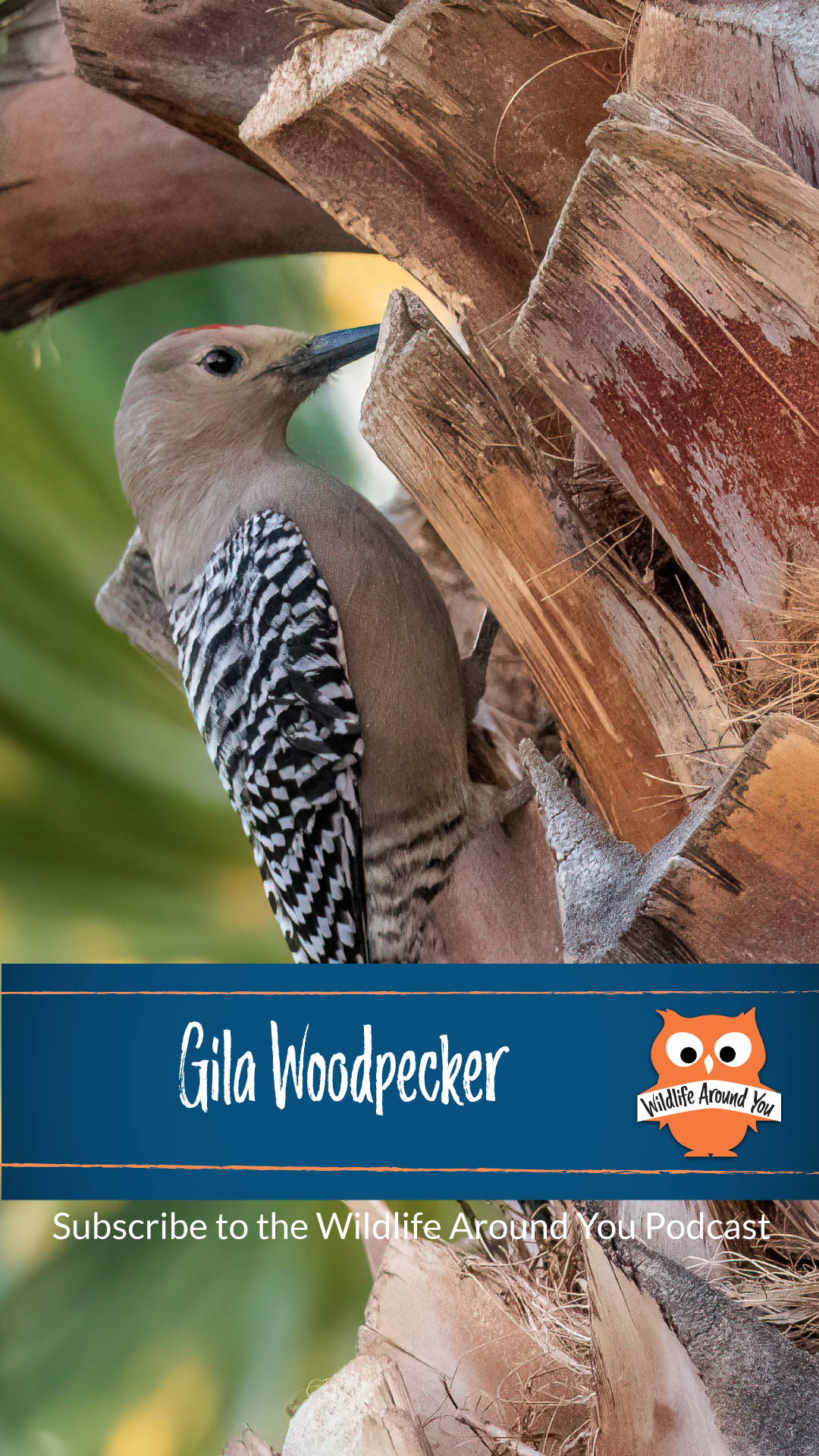
042- Gila Woodpecker
Identification Medium-sized woodpecker, measuring about 8-9 inches in length. Males have a red cap on the top of the head. They have black and white barring on the wings, back and tail. Habitat Native to the southwestern United States and Mexico. They inhabit arid habitats such as saguaro cactus forests, desert scrub, and mesquite woodlands.…
-
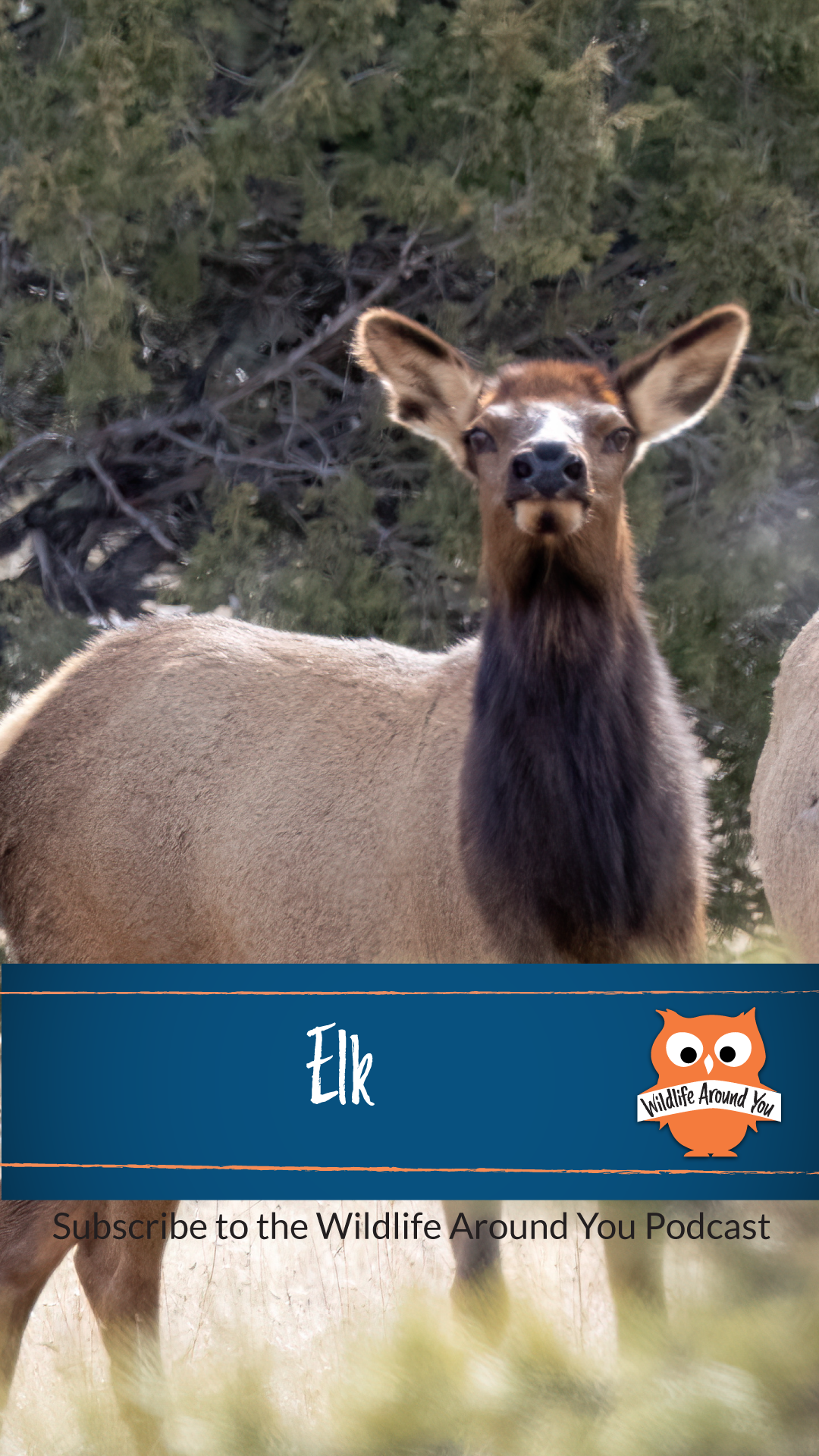
041- Elk
Identification Elk, also known as wapiti(which means “white rump” in Shawnee), are large members of the deer family. They are one of the largest land mammals in North America and Eurasia. Adult males, called bulls, can weigh between 700 to 1,000 pounds and stand about 5 feet tall at the shoulder. Female elk, called cows,…
-
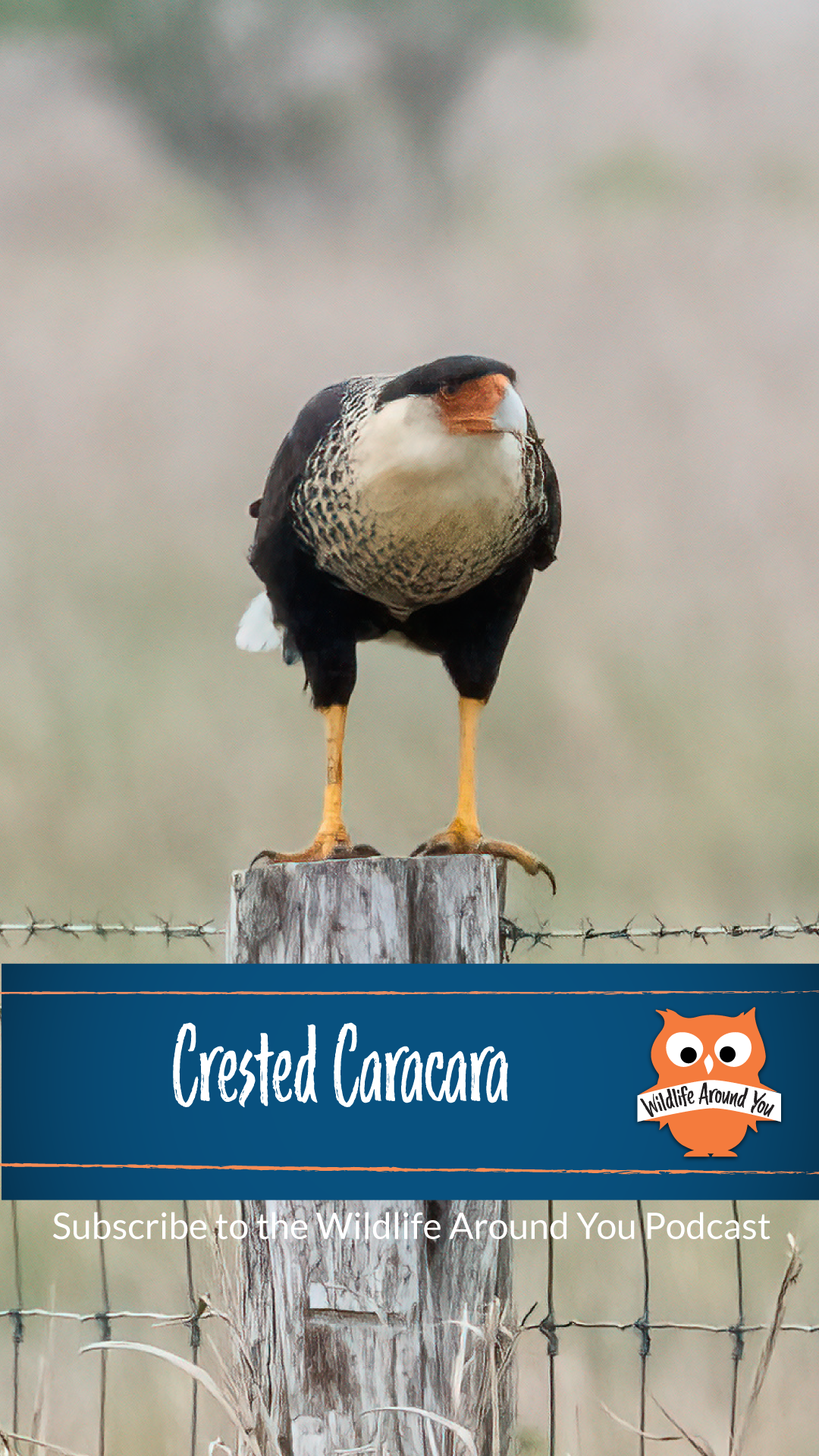
040- Crested Caracara
Identification The Crested Caracara is a falcon that is about 20 inches tall, with long yellow-orange legs and yellow-orange around the beak It has a large, broad-winged body and a long tail. Adults have a distinct black crest on their head, giving them their name. They have a white neck, breast, and belly, while the…
-

039- Lady Beetle
aka, ladybug, or ladybird beetle Identification Lady beetles are small, oval-shaped insects with a domed back. About the size of a pencil eraser. They typically have bright and contrasting colors, such as red or orange with black spots, but some species can be dark with light spots. Lady beetles have a pair of translucent wings…
-
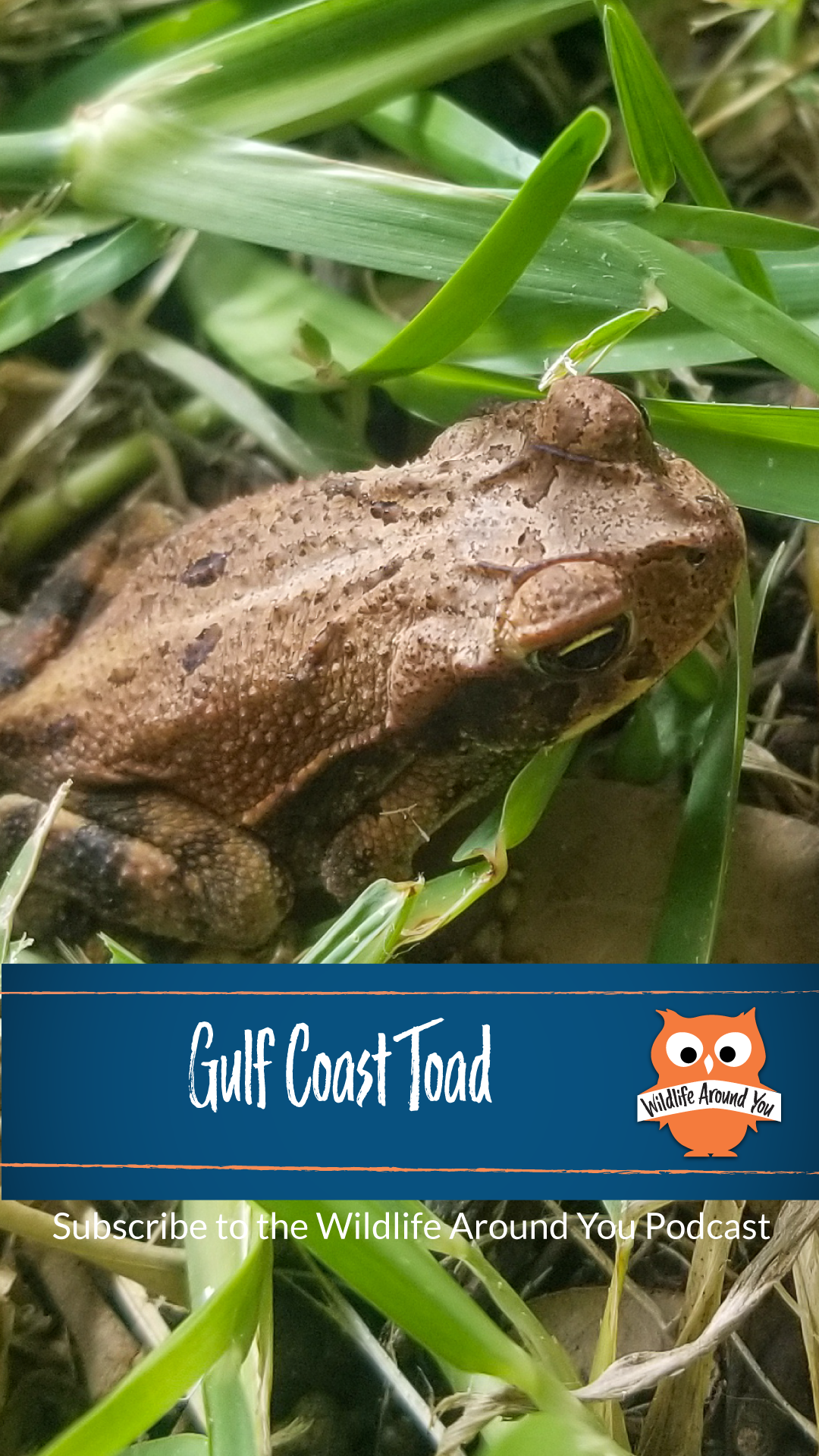
038- Gulf Coast Toad
Identification The Gulf Coast toad is a medium-sized toad species, measuring around 2 to 4.5 inches in length. It has a robust body with a warty texture and short limbs. The coloration of Gulf Coast toads varies, but they are typically light to dark brown with patches of gray or olive. They have a distinct…
-
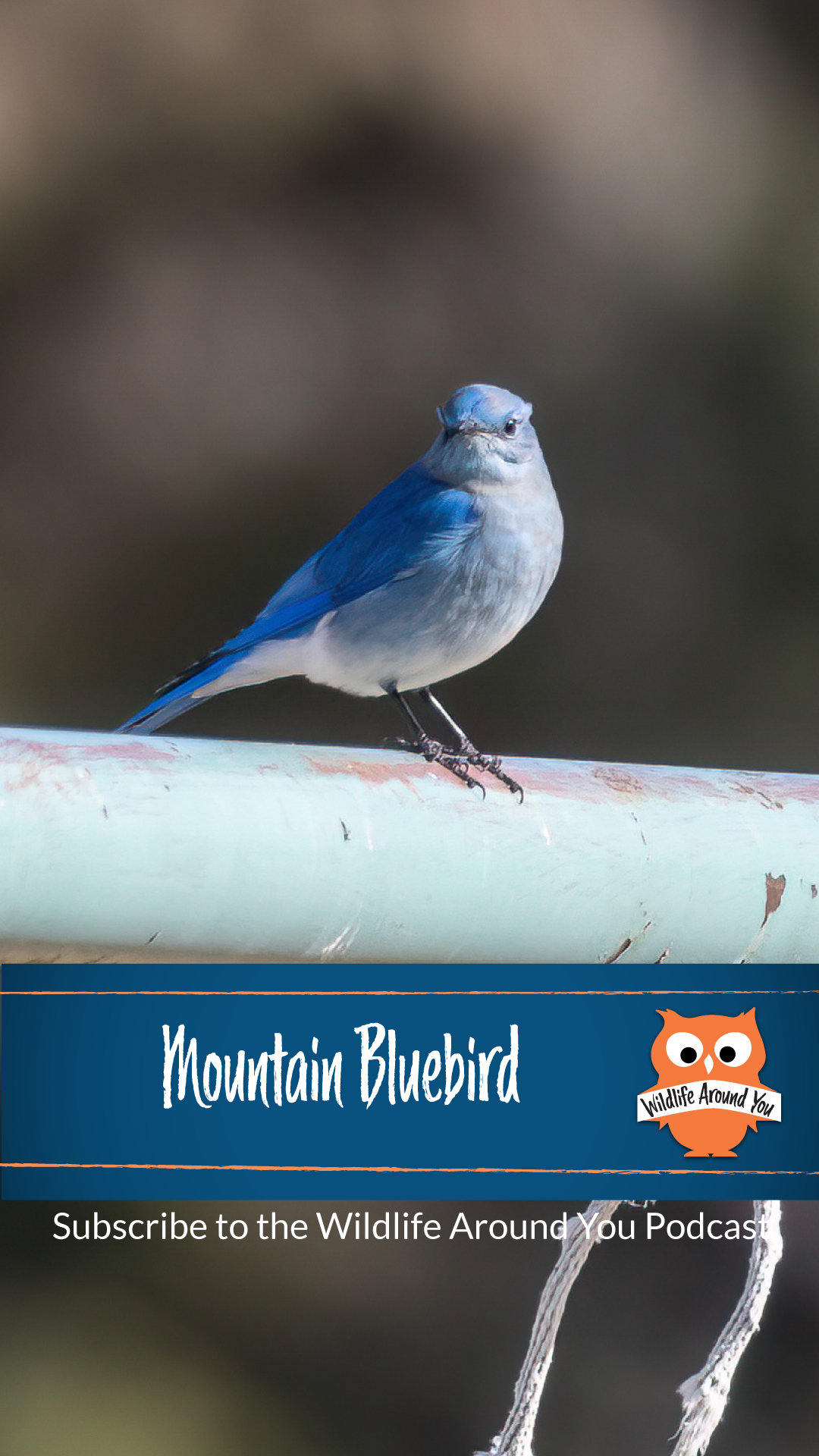
037- Mountain Bluebird
Identification Mountain bluebirds are medium-sized birds measuring about 7 inches in length with a wingspan of around 14 inches. Adult males have vibrant sky-blue plumage on their heads, backs, and wings, with a pale blue chest and belly. They also have a white underbelly and a thin, dark band across the upper breast. Adult females…
-
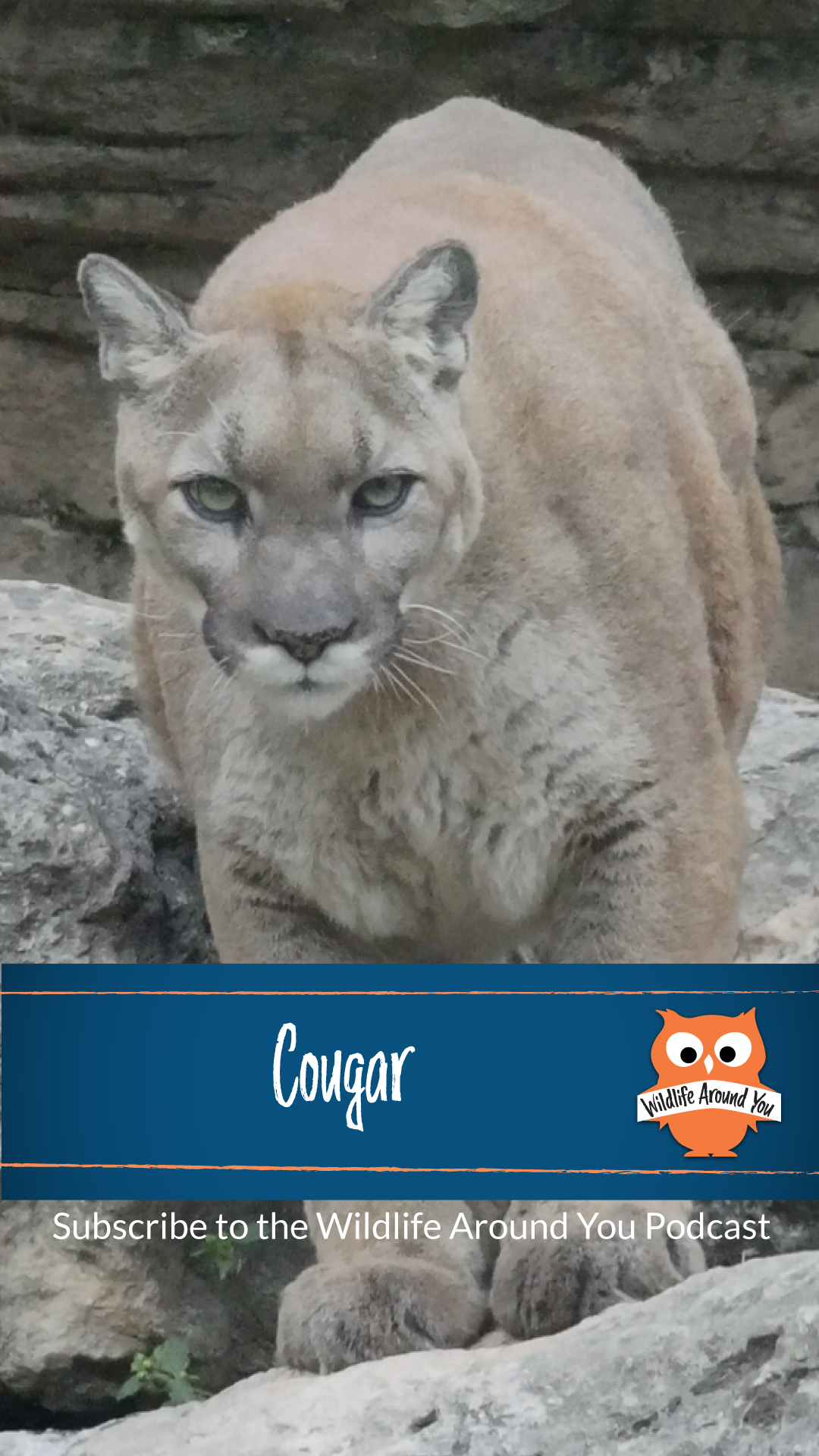
036- Cougar
Identification: The cougar, or mountain lion, is a large, solitary cat with a tan or light brown coat. They have a long tail that is almost as long as their body and head combined. Their paws are large and rounded, with retractable claws that they use for gripping prey. Cougars can weigh up to 150…
-
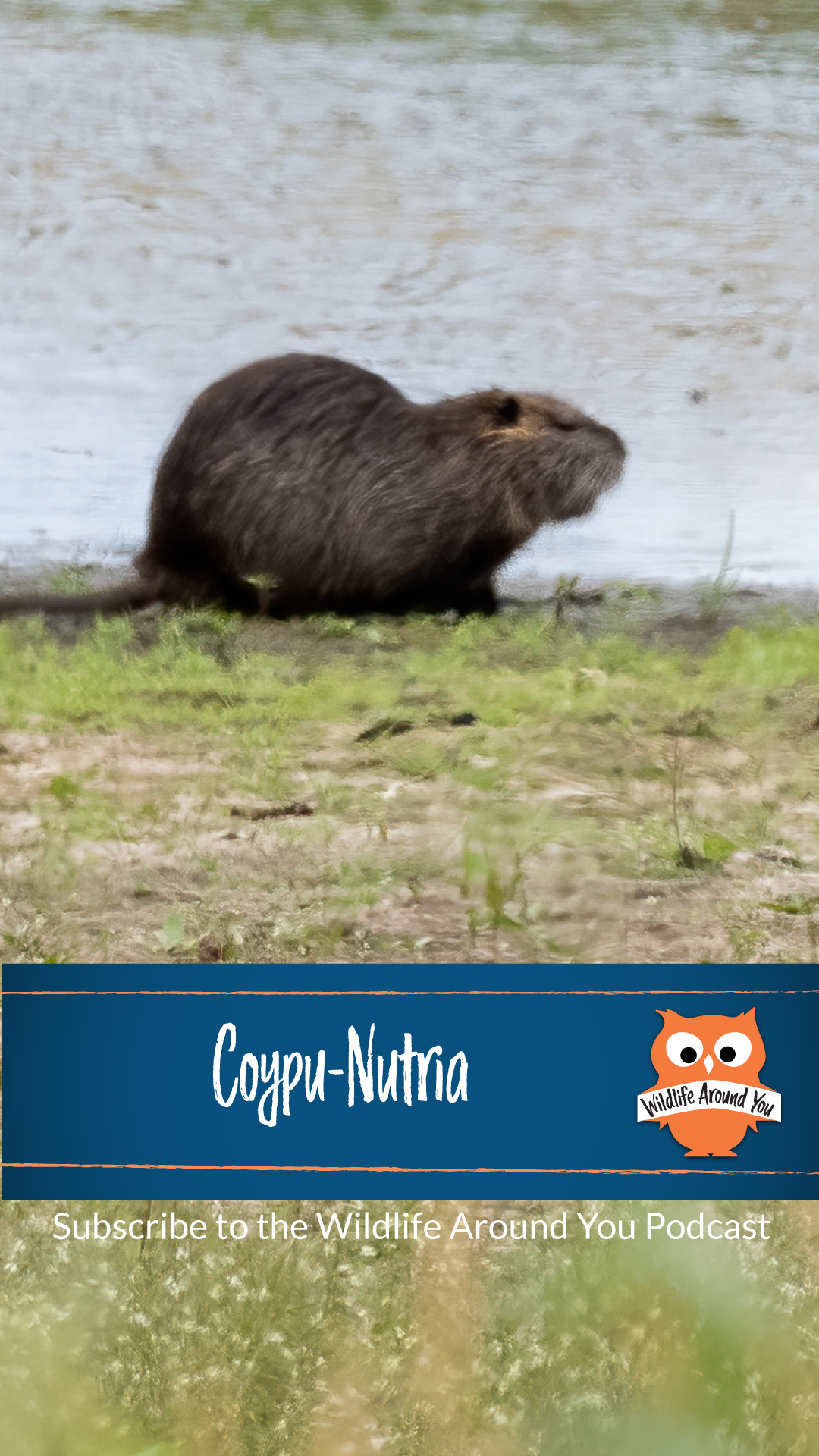
035- Nutria
Identification: Nutrias are large rodents with brown or gray fur, webbed hind feet, and long, orange incisor teeth. Sometimes called Coypu, or swamp beaver, or you could call them (ROUSes- Rodents of unusual size) They have short, round ears, and a pointed snout. Adults typically weigh between 12 and 22 pounds and can grow up…
-
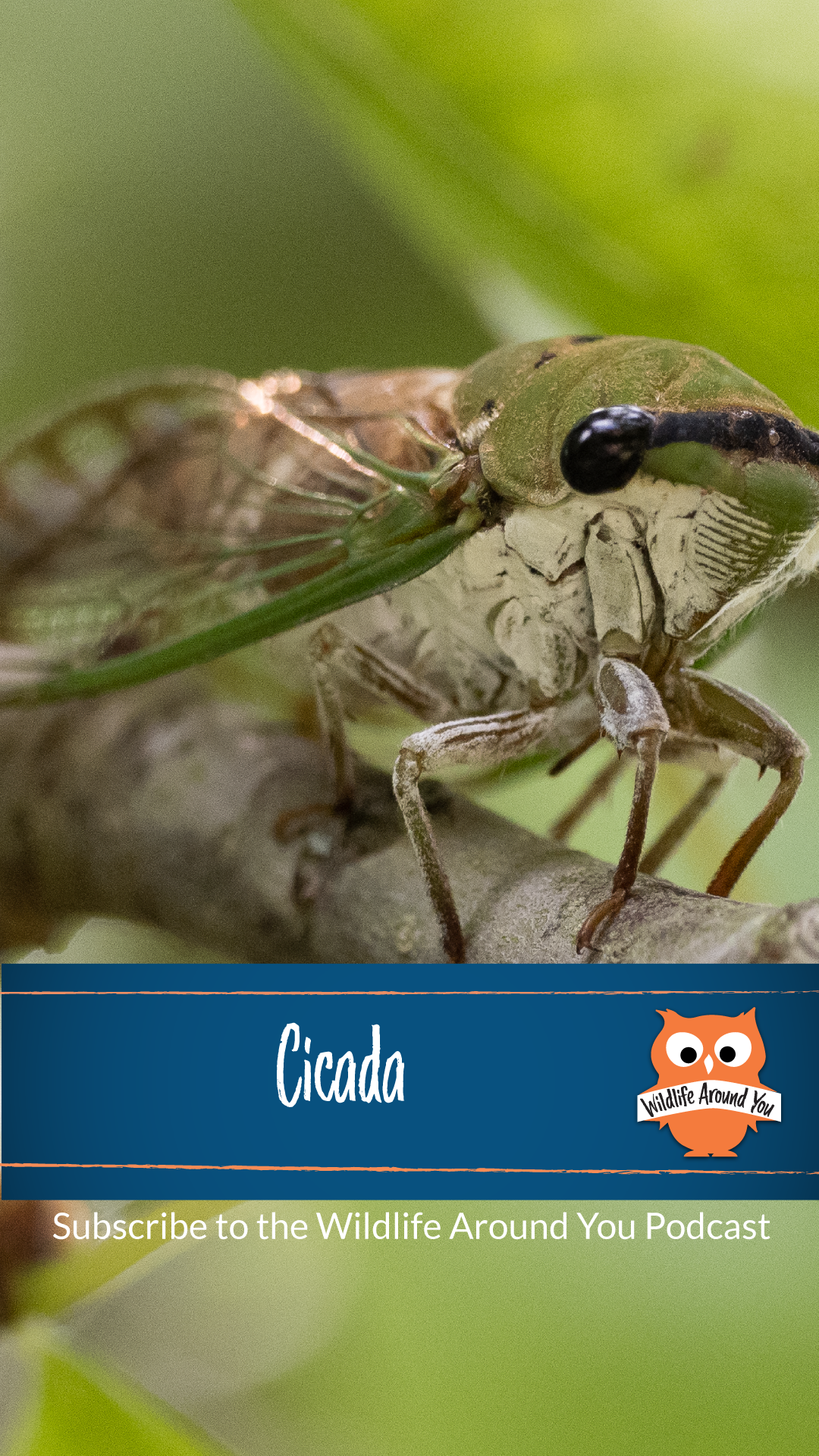
034- Cicada
Identification They have a stout body, a broad head with large compound eyes, and two pairs of wings. Their eyes are set far apart on the head. Cicadas are typically known for their distinctive, loud buzzing or clicking sound which is made by the rapid buckling and unbuckling of drumlike tymbals. To us, it looks…
